43 reading food labels sugar
How to Read Nutrition Label If You Are Diabetic It's important to know that there are different names of sugar. Look for words that end in -OSE. These include: sucrose, maltose, dextrose, fructose, glucose, galactose, lactose, high fructose corn syrup. Unfortunately, it doesn't end here. What are other names for sugar found on food labels? Here's a rundown of 56 sugar-related common names to keep an eye on: Malted barley. Barbados sugar is made from sugar cane. Sugar made from beets. Brown sugar is a kind of sugar that has a brown. Syrup with butter. Juice from sugar cane. Sugar made from cane.
Reading Food Packages and Nutrition Labels: Tips for Savvy Shopping A gram of fat equals 9 calories, so first multiply the total grams of fat by nine. Divide that number by the total calories. Multiply the result by 100 to find the percentage. Aim for the fat calories to be 15% of total calories or less (so that's fat calories/total calories < 0.15).
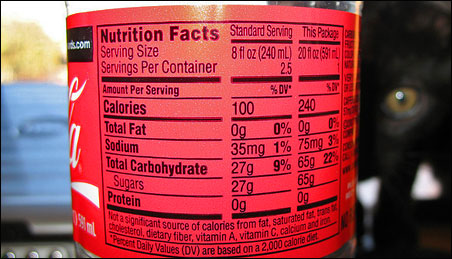
Reading food labels sugar
The sweet danger of sugar - Harvard Health Subtracting added sugar. Reading food labels is one of the best ways to monitor your intake of added sugar. Look for the following names for added sugar and try to either avoid, or cut back on the amount or frequency of the foods where they are found: brown sugar; corn sweetener; corn syrup; fruit juice concentrates; high-fructose corn syrup ... diabetes.org › making-sense-food-labelsMaking Sense of Food Labels | ADA - American Diabetes Association One of the three types of carbohydrates in food is sugar. As of January 2021, labels must include added sugar to help you know the difference between sugar that occurs naturally in the food (like yogurt or fruit) and sugar that was added during processing (like in cookies, candy and soda). Many labels have already made the change. Other Names For Sugar: 71 Ways It Hides On Labels | Beachbody Blog Fruit juice concentrate. Glucose. Glucose solids. Golden sugar. Golden syrup. Granular sweetener. Granulated sugar. Grape sugar. High fructose corn syrup (an added sugar derived from corn starch and commonly found in processed foods)
Reading food labels sugar. How To Read Nutrition Labels the Right Way - Schneck Medical Center So when it comes to staying proactive in sustenance, be sure to stay proactive in reading up on label nutrients. According to our friends at heart.org: "Check key nutrients and understand what you're looking for. Not all fats are bad, and total sugars can include both natural and added sugars. Added Sugars on the New Nutrition Facts Label | FDA Let the Nutrition Facts Label Be Your Guide The new Nutrition Facts label can help you compare and choose foods that are lower in added sugars. Check the label to see if foods are LOW or HIGH in... Nutrition Labelling and Claims - The Canadian Sugar Institute Reading food labels can be confusing. Currently, information about sugars can be found in three areas on food and beverage labels: The Nutrition Facts table. This lists the amount of total carbohydrate, including total sugars in a stated serving size. The List of Ingredients. Added Sugars | American Heart Association Besides those ending in "ose," such as maltose or sucrose, other names for sugar include high fructose corn syrup, molasses, cane sugar, corn sweetener, raw sugar, syrup, honey or fruit juice concentrates. Learn more about reading food labels. Limit your consumption of foods with high amounts of added sugars, such as sugary beverages.
Food Label Reading - What You Need to Know - drugs.com Eat a wide variety of foods so that these % numbers from all of your food add up to 100% each day. Following are the recommended daily amount of some vitamins and minerals. Vitamin A % - 5000 units per day. Vitamin C % - 60mg per day. Calcium % - 1g or 1000mg per day. Iron % - 18mg per day. Riboflavin % - 1.7mg per day. Niacin % - 20mg per day. › nutritionsource › food-labelUnderstanding Food Labels | The Nutrition Source | Harvard T ... Chile implemented the Law of Food Labeling and Advertising in 2016, comprised of mandatory front-of-package (FOP) warning labels, restrictions on child-directed marketing, and the banning of sales in schools of all foods and beverages containing added sugars, sodium, or saturated fats that exceeded set nutrient or calorie thresholds. [1] LIVE WELL POLK: Avoid hidden sugar traps by reading labels, cook simply ... Once you start reading labels, you can start making changes. Look for products with "no added sugar" or "unsweetened" on the packaging. You can find unsweetened versions of common foods in most... Reading Food Labels - What You Need to Know - Drugs.com Sugars: The amount of sugar in one serving is listed in grams. Sugars are another type of carbohydrate in food. The amount of sugar listed on the label is part of the total carbohydrates found in the food. Sugar includes the naturally sweet part of fruit and other foods as well as added sweeteners. Most people should limit foods high in sugar.
How to Read a Nutrition Label: Tips from a Registered Dietitian Year the FDA updated the nutrition label to show new nutrition science 2,000 Calories per day for an average diet (basis for food labels) 25 Maximum grams of added sugar per day recommended for women 36 Maximum grams of added sugar per day recommended for men Tip 3: A higher percent of daily value is not always better. How To Read Food and Beverage Labels - National Institute on Aging Most older adults exceed the recommended limits for saturated fats, sodium, and added sugars. Compare and choose foods to get less than 100% DV of these each day, making sure to adjust for how many calories are in your diet. Additionally, many older adults do not get the recommended amounts of dietary fiber, vitamin D, calcium, and potassium. How to read nutrition labels - Newspostalk - Global News Platfrom Percent Daily Worth. The Daily Worths (DV) are referral quantities that inform you if one offering of a food includes a little or a great deal of that nutrient. A basic standard when checking out percent everyday worths is that if an offering of food supplies 5% DV or much less of a nutrient, that food is thought about reduced because nutrient ... Whole30 101: Label-Reading - The Whole30® Program Whole30 101: Label-Reading. December 15, 2021. You've committed to the Whole30. You're ready to change your life. You're following all the steps in our getting started guide, and you're ready to hit the grocery store to stock up on healthy Whole30 foods. You start with your meat, seafood, and eggs—easy!
This Is How to Read a Nutrition Facts Label on the Keto Diet Sugars Protein Vitamin A Vitamin C Calcium Iron Since the 1990s, some changes have been made, including which nutrients manufacturers must clearly list on labels. [ *] Nutrients like vitamin A and vitamin C are no longer required, while vitamin D, potassium, "added sugars," and trans fats must appear on labels [ * ].
The Basics of the Nutrition Facts Label - Academy of Nutrition and ... Step 4: Check Out the Nutrition Terms. Low calorie: 40 calories or less per serving. Low cholesterol: 20 milligrams or less and 2 grams or less of saturated fat per serving. Reduced: At least 25% less of the specified nutrient or calories than the usual product. Good source of: Provides at least 10 to 19% of the Daily Value of a particular ...
Fats, sugar, carbs: How to read a food label (and seven ... - Good Food Foods that are less than 10 per cent sugars or that contain less than 5 grams of added sugars are considered low-sugar foods but keep in mind that fresh fruits and dairy also contain some naturally occurring sugars. For this reason, looking for foods with "no added sugars" can be helpful in making healthier dietary choices. What about the carbs?
How nutrition labels work: 7 tips for demystifying foods Heavily processed foods usually remove fiber. Increasing your fiber intake is typically a good thing. 3. Limit added sugars. The lower the number of added sugars, the better. Sugar can come in many sneaky names. Watch out for: sucrose, fructose, high-fructose corn syrup, barley malt, dextrose, maltose and more. 4.
How to read labels for added sugar - That Sugar Movement One: Look for foods under 5g total sugar/100g In Australia, the Nutrition Information Panel (NIP) on the back of food and drink packaging lists total sugars content. It does not separate intrinsic sugars from added sugars. Yet, it is the added sugars - not those that are intrinsic or naturally-occurring in whole foods - that we are concerned with.
13 Misleading Food Label Claims and How Not to Be Tricked - Sentient Media While the term suggests that products labeled this way would be completely free of sugar, they can actually contain up to 0.5 grams of sugar in a single serving size. Products labeled sugar-free may also have higher levels of fat in order to make up for the taste and texture that is lost when sugar is removed. 2. Label Says "Fruit-Flavored"
› en › healthy-livingUnderstanding Ingredients on Food Labels | American Heart ... Mar 06, 2017 · There are many terms used for sugar on food labels. You might see sugar listed as the fourth ingredient in a product and think it’s not so bad. But sugar can also be listed as high-fructose corn syrup or corn syrup, agave nectar, barley malt syrup or dehydrated cane juice, to name just a few. Read more about sugar and sweeteners.
› sites › defaulthow to understand food labels - Eat For Health sugar: Dextrose, fructose, glucose, golden syrup, honey, maple syrup, sucrose, malt, maltose, lactose, brown sugar, caster sugar, maple syrup, raw sugar, sucrose. Fibre Not all labels include fibre. Choose breads and cereals with 3g or more per serve Nutrition Information Servings per package – 16 Serving size – 30g (2/3 cup) Per serve Per 100g
Blood Sugar Levels Chart & Ranges (Low, Normal & High) There is no 'normal' reading, an ideal reading differs from person to person. Everyone will get different readings at different times of the day. However, there is a rough range to determining a low, normal and high blood sugar level. Blood sugar level is read in mmol/L, which stands for millimoles per liter.
› food › new-nutrition-facts-labelHow to Understand and Use the Nutrition Facts Label | FDA Single-Ingredient Sugar labels Packages and containers of products such as pure honey, pure maple syrup, or packages of pure sugar are not required to include a declaration of the number of grams...
What Are Normal Blood Sugar Levels After Eating? - Verywell Health Start by finding the total carbs on the nutrition facts label of the food you're going to eat. Next, figure out your portion size by measuring or weighing your food. ... In people without diabetes, blood sugar levels should stay under 200 mg/dL at all times. A random blood sugar reading that's higher than 200 mg/dL suggests a person has diabetes.
How to Read a Nutrition Facts Label | Everyday Health "Added sugars are one of the newer features on the nutrition facts label and are an indication of how much sugar has been added to the product in manufacturing," says Goergen. Some sugars, like...
Sugar and Food Labels: What to Look For - PartnerMD The best thing to do when you're looking at food labels is to look for anything that ends in -ose. Carbohydrates actually are sugars, but they come in different forms: complex and simple. What we're talking about here are simple sugars, like table sugar, cane syrup, and molasses.
› understanding-food-labelsUnderstanding food labels - Canada.ca Find information on food labels and how to understand them. Learn about nutrition facts tables, serving size, list of ingredients, % daily value and nutrition claims.
How to Read Nutrition Labels for Sugar - hekagoodfoods The number of grams of sugar. Keep in mind, one gram of sugar is roughly equivalent to 1/4 teaspoon of sugar. A percentage indicating how much of your recommended daily intake the item contains. While this is helpful to reference, the FDA recommends natural and added sugars account for no more than 10% of your daily caloric intake.
dtc.ucsf.edu › learning-to-read-labelsLearning To Read Labels :: Diabetes Education Online The grams of sugar listed include both natural sugars, from fruit or milk, and added sugars. On a nutrition food label, the total carbohydrate includes the sugar. Some Nutrition Facts labels may also list sugar alcohols under total carbohydrate. Sugar alcohols may be found in products that are labeled “sugar-free” or “no sugar added.”
Other Names For Sugar: 71 Ways It Hides On Labels | Beachbody Blog Fruit juice concentrate. Glucose. Glucose solids. Golden sugar. Golden syrup. Granular sweetener. Granulated sugar. Grape sugar. High fructose corn syrup (an added sugar derived from corn starch and commonly found in processed foods)
diabetes.org › making-sense-food-labelsMaking Sense of Food Labels | ADA - American Diabetes Association One of the three types of carbohydrates in food is sugar. As of January 2021, labels must include added sugar to help you know the difference between sugar that occurs naturally in the food (like yogurt or fruit) and sugar that was added during processing (like in cookies, candy and soda). Many labels have already made the change.
The sweet danger of sugar - Harvard Health Subtracting added sugar. Reading food labels is one of the best ways to monitor your intake of added sugar. Look for the following names for added sugar and try to either avoid, or cut back on the amount or frequency of the foods where they are found: brown sugar; corn sweetener; corn syrup; fruit juice concentrates; high-fructose corn syrup ...
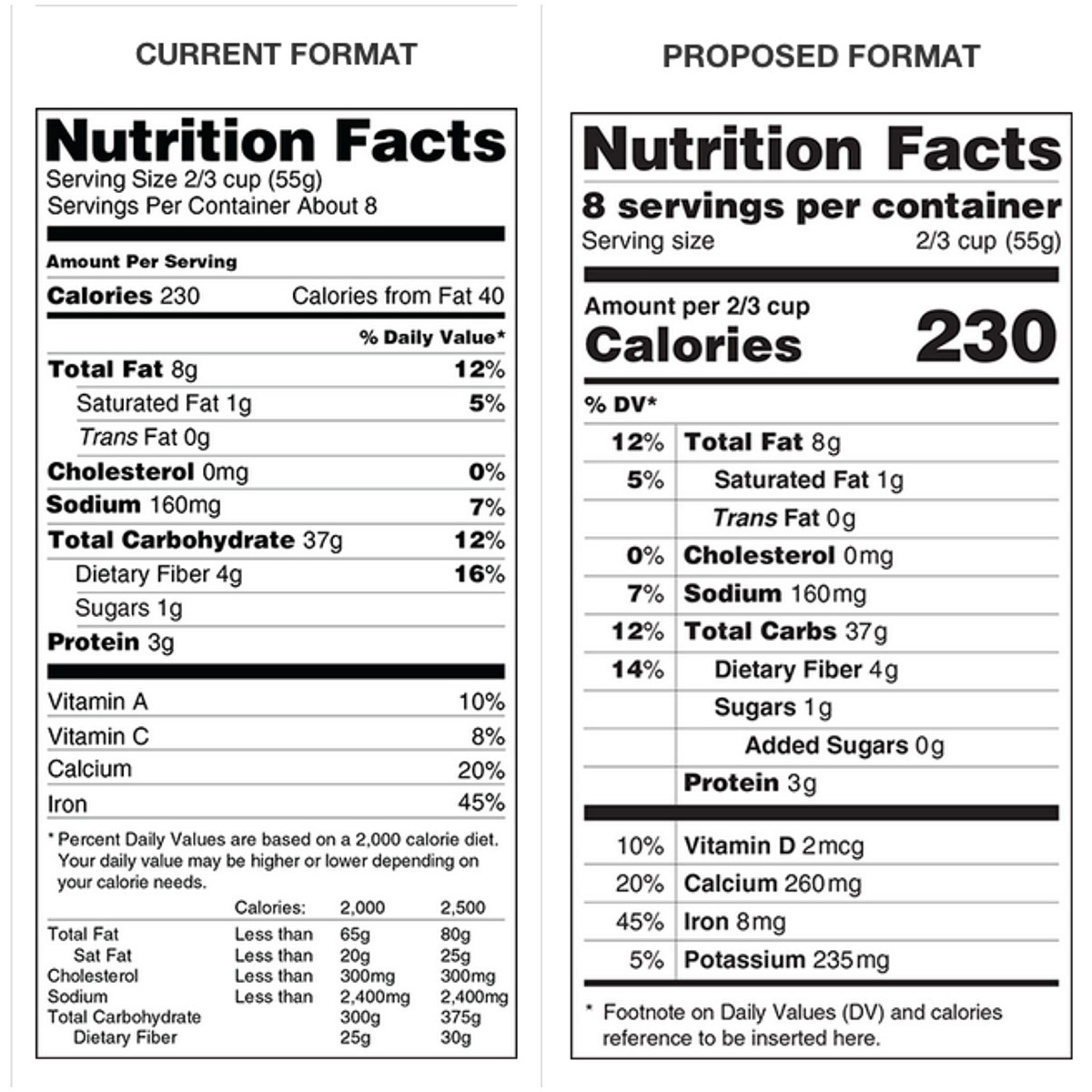


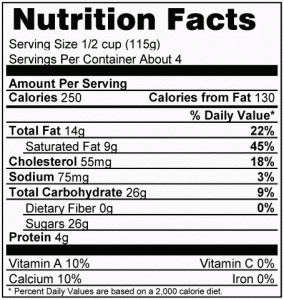
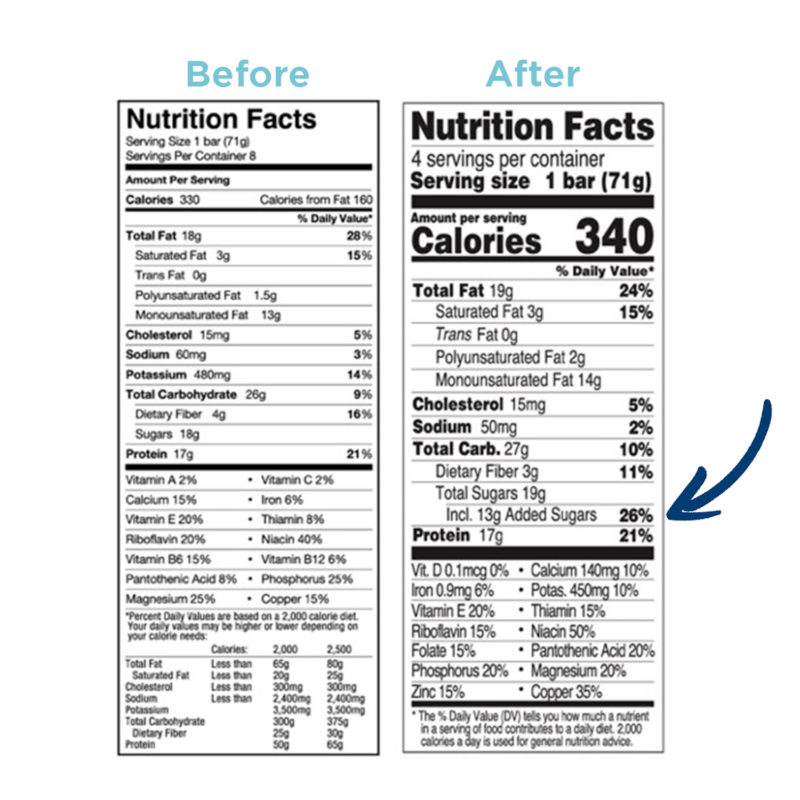

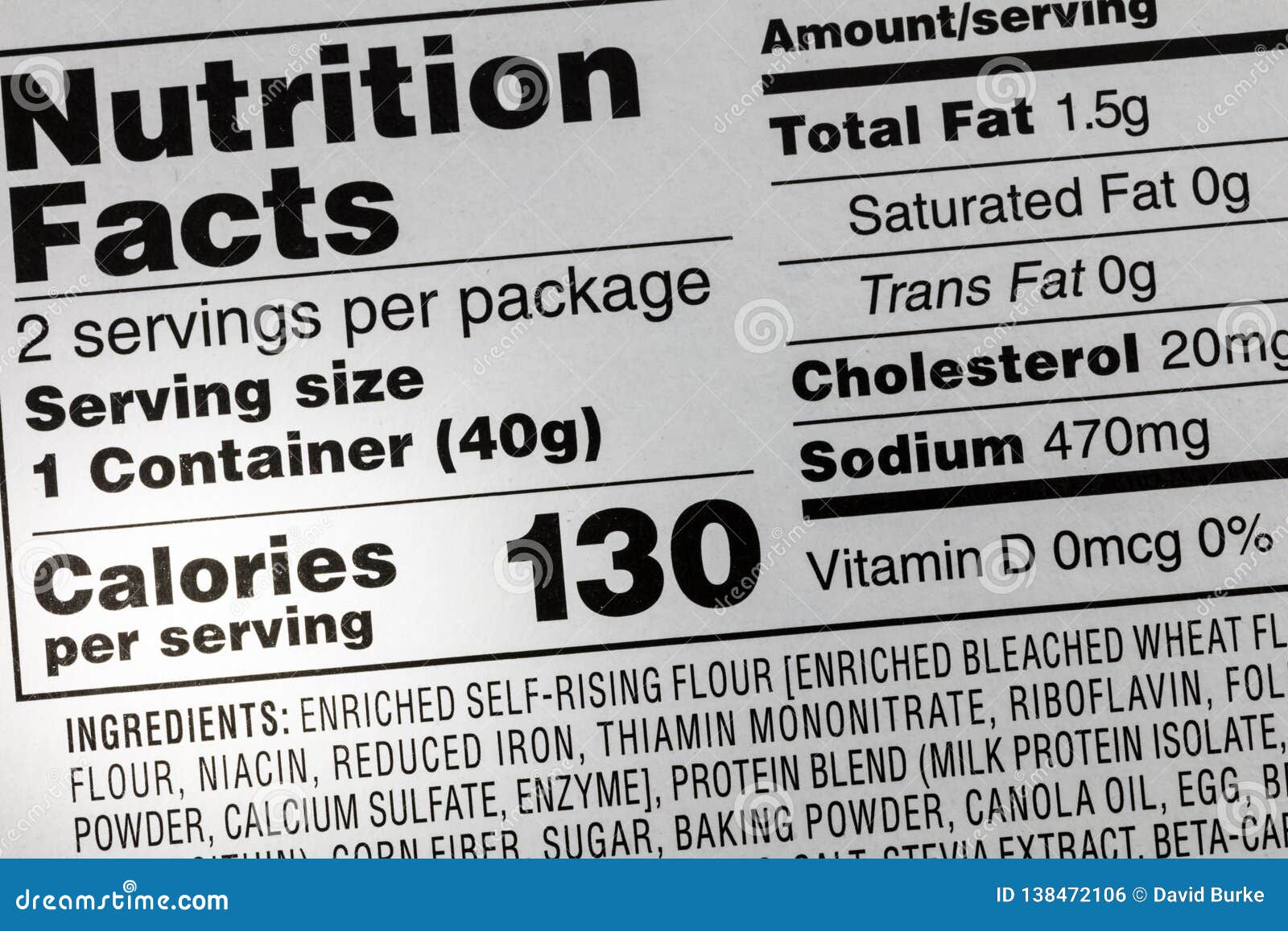



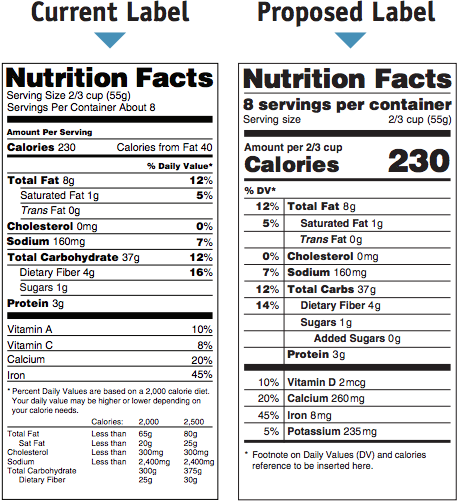



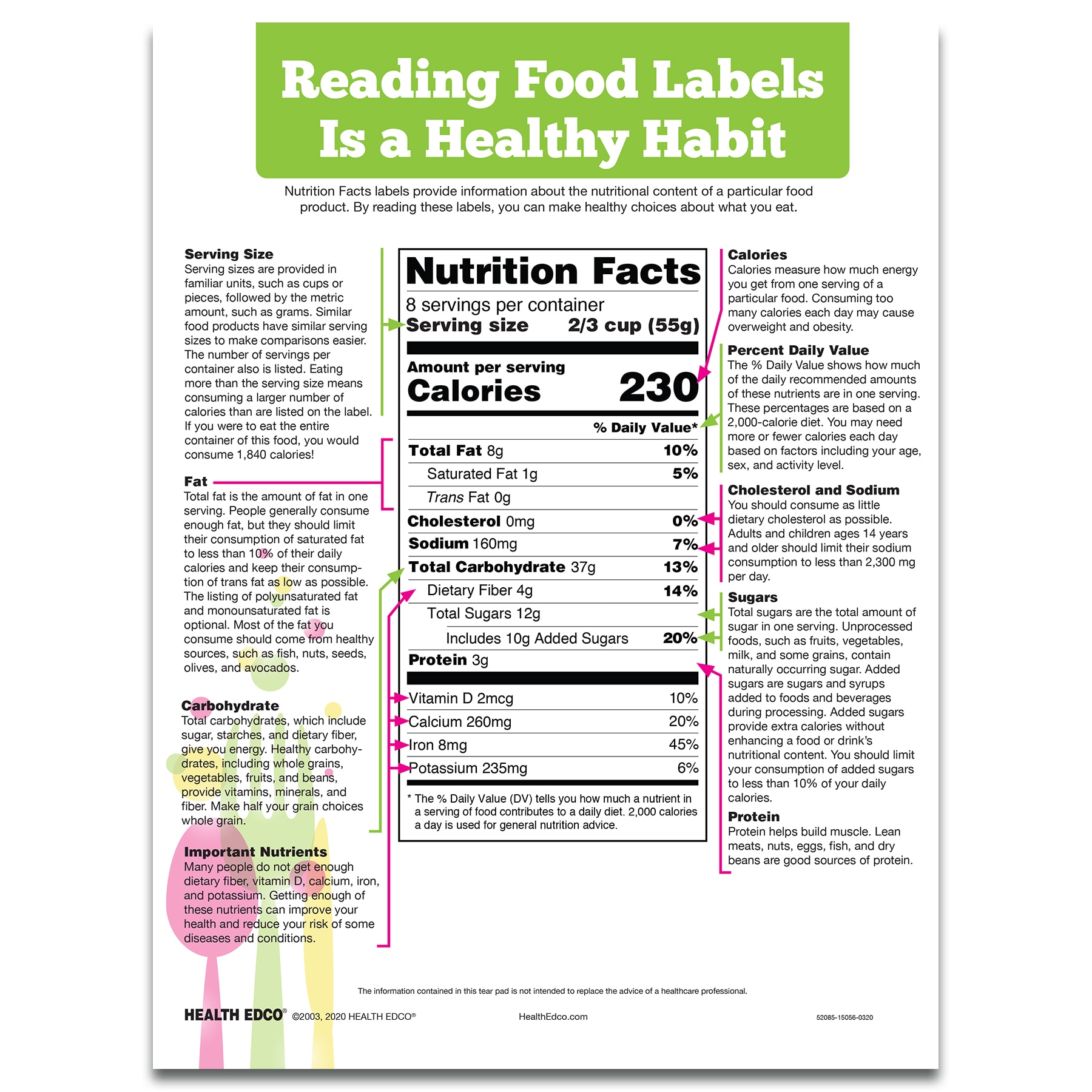

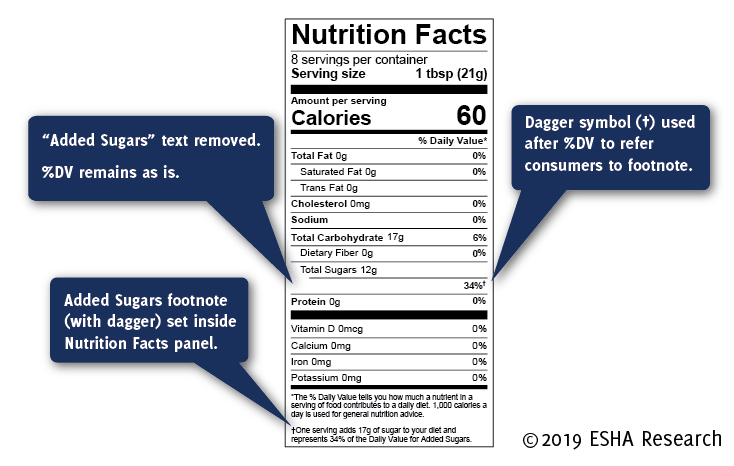
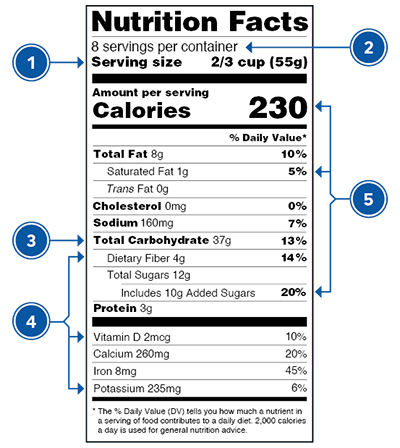

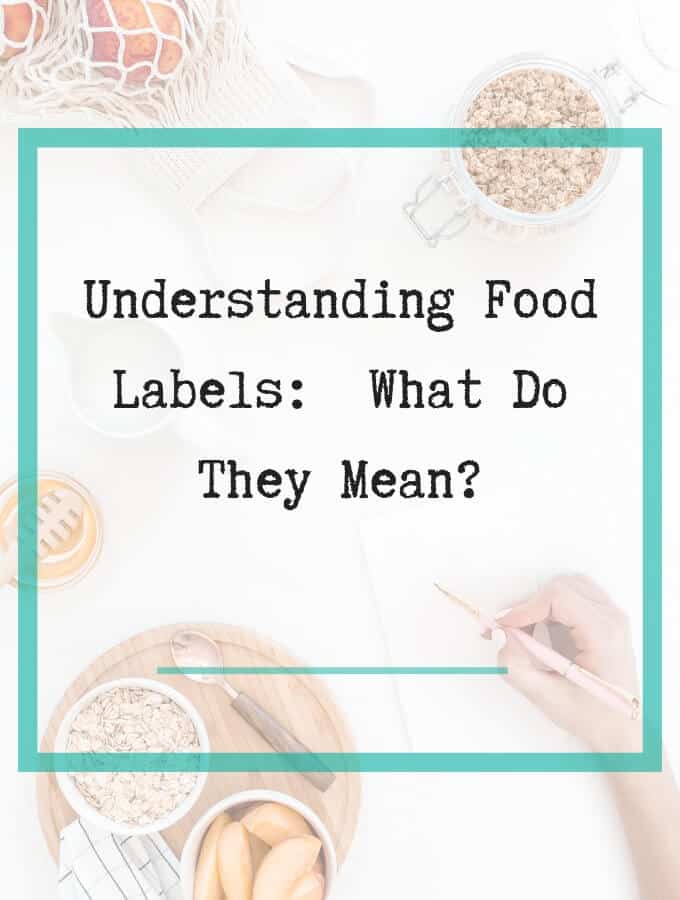












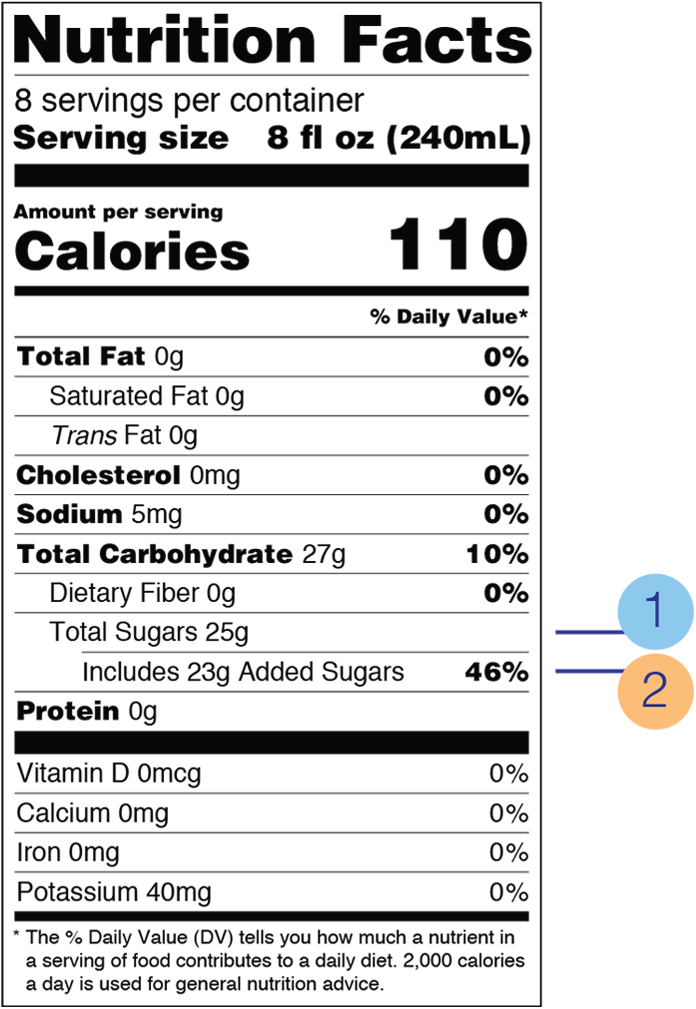
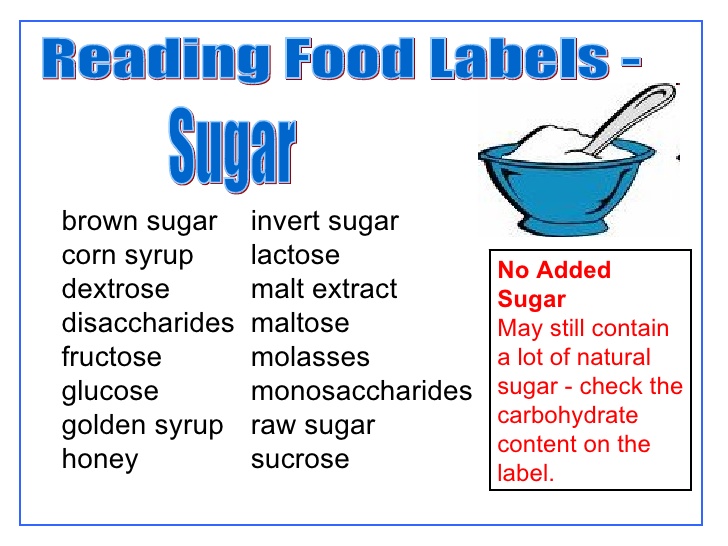

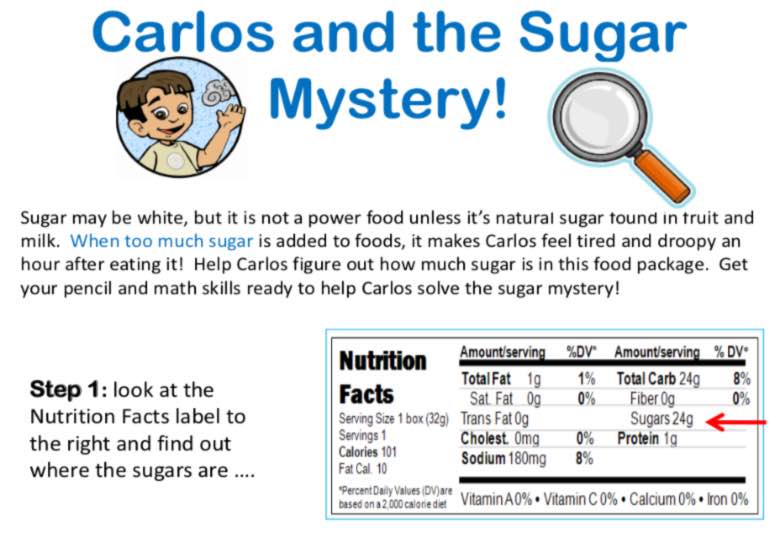

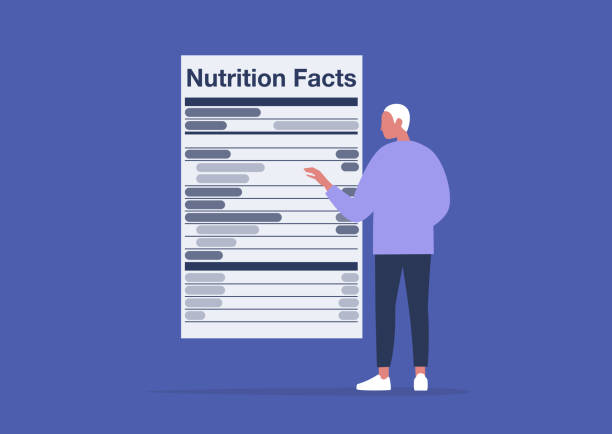
Post a Comment for "43 reading food labels sugar"